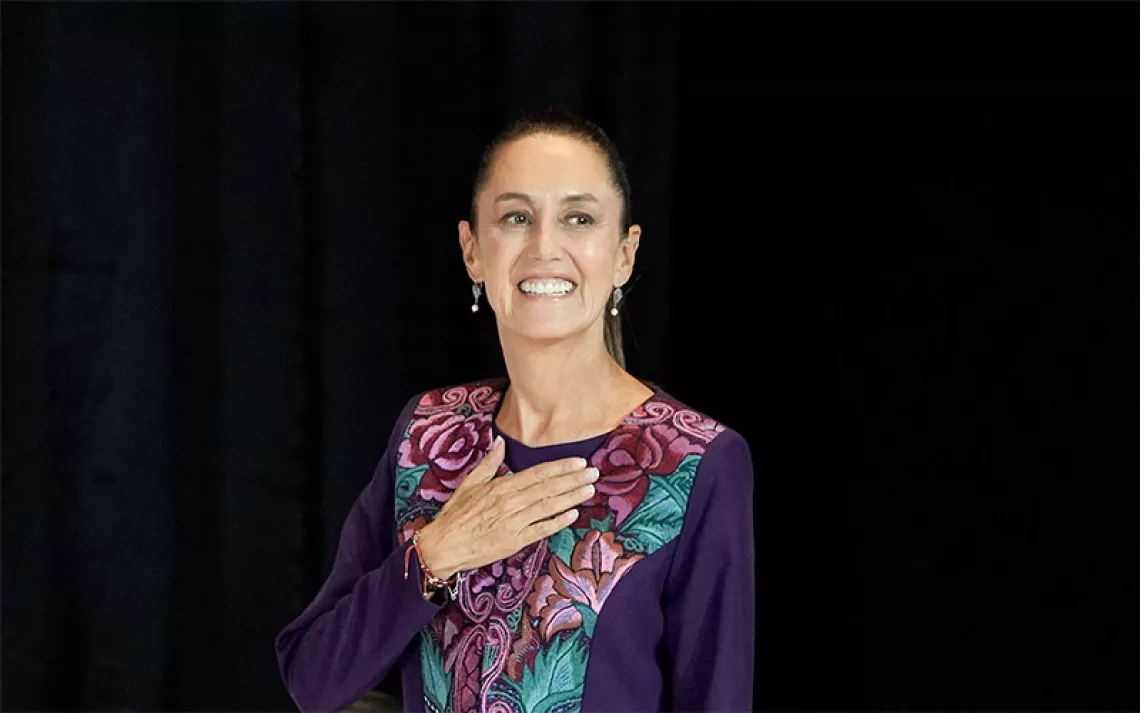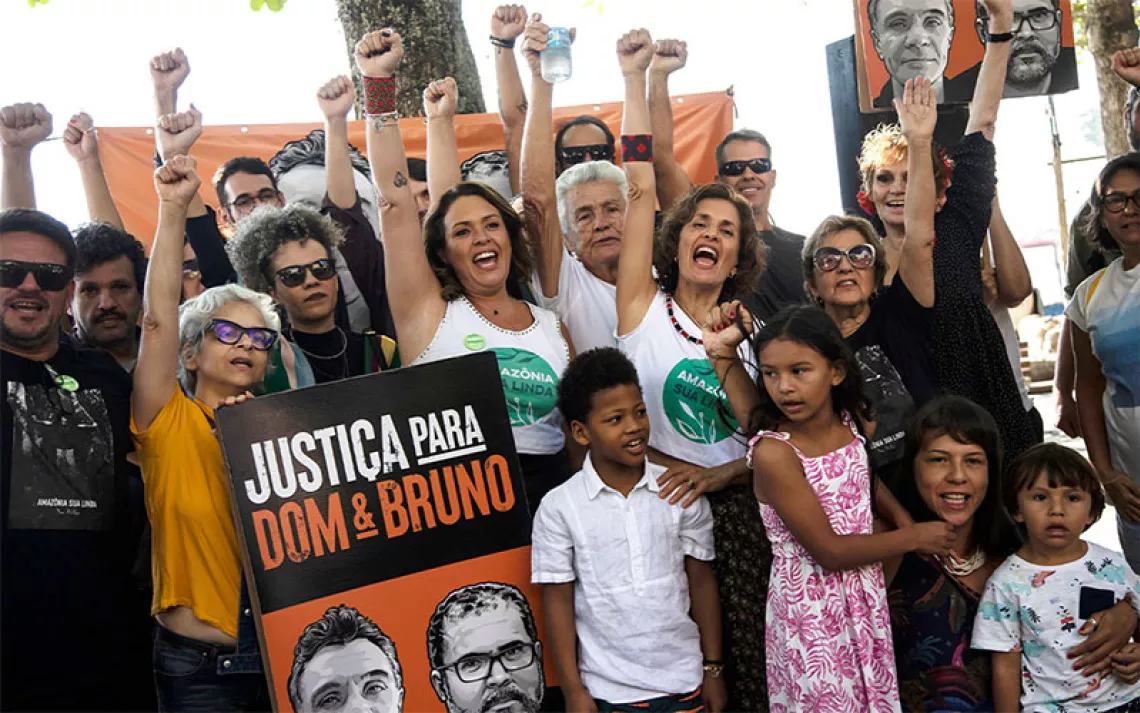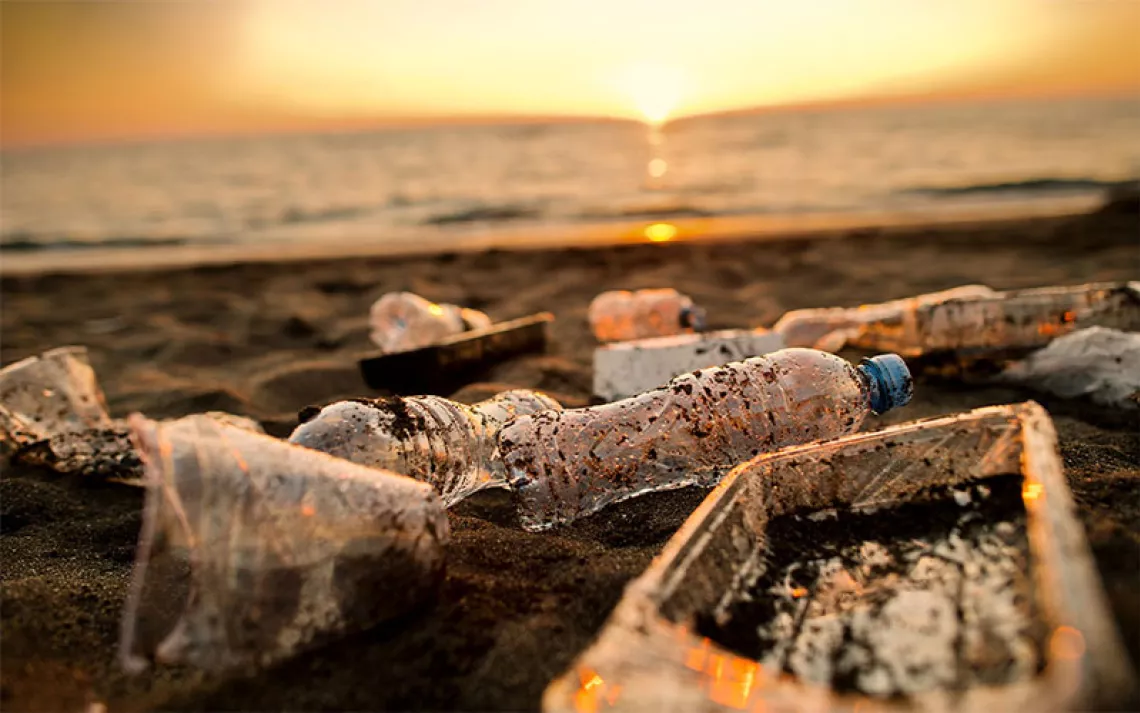Where Do We Stand Five Years After the Paris Agreement?
India offers a case study for reducing greenhouse gas emissions

Photo by jacus/iStock
The opinions expressed here are solely those of the writer and do not necessarily reflect the official position of the Sierra Club.
It was five years ago this month, December 2015, when the globe’s nations came together in Paris to chart a path for addressing the climate crisis. The resulting Paris Agreement was an essential step forward in the international effort to avoid the worst impacts of climate change. The agreement shifted nation-states’ concerns from focusing solely on mitigation and reducing greenhouse gas emissions to also begin dealing with climate change adaptation, technology transfer, and financing the transition to renewable energy. Anchored in the ideal of intergenerational equity and the polluter-pays and precautionary principles, the Paris Agreement declared that the atmosphere is a common resource of everyone on planet Earth—and that every nation has a responsibility to do what it can to lower emissions.
Where do we stand today, five years after the Paris Agreement was finalized? Unfortunately, institutional efforts to tackle the climate crisis have failed to bring meaningful reductions in emissions, the kind of reductions commensurate with the threat. In a report titled “The Truth Behind the Paris Agreement Climate Pledges,” a panel of climate scientists warn that “without massive changes and active leadership in the very near future, we could be living in a 1.5oC [average temperature increase] world in about a decade.” The report’s analysis of the Paris Agreement pledges of 184 countries found that almost 75 percent were insufficient to meet the agreement’s goals.
Meanwhile, the inequities within and among nations have only gotten worse, as have the failures of governance, as the pandemic has made clear. The richest countries have largely shaped the commitments and determined who gets access to finance, technology transfer, and innovation—all of which has left some countries still grappling for ways to reduce the risk of vulnerable communities to climate change.
My home country of India—the second-most-populous nation on Earth—offers an example of the challenges and opportunities of tackling the climate crisis.
Extreme weather events in India have been on the rise during the past few years. Nineteen extreme weather events in 2019 claimed at least 1,357 lives, with heavy rain and floods accounting for a majority of those deaths. A study by India’s Ministry of Earth Sciences recorded several extreme weather events—including severe cyclonic storms over the Arabian Sea—that were a result of human-caused climate change. The study warns that by the end of the 21st century, the number of warm days and warm nights in India is likely to be 55 to 70 percent higher compared with the average number between 1976 and 2005. Such changes will seriously impact India’s terrestrial and aquatic ecosystems and likely cause irreparable damage to agricultural, fishing, and other natural-resource-dependent communities. The anticipated impacts on the country’s biodiversity, food, water, forests, energy, public health, and education will take India back by many years in terms of the social welfare indicators.
India is particularly vulnerable to extreme weather conditions due to its low per-capita income, vast social and economic inequalities, and large agriculture-based economy. A briefing paper titled “Global Climate Risk Index 2020” highlights who suffers most from extreme weather events. The reports makes clear that low-income countries are the hardest hit by climate change since they have lower coping capacity. The sad part of this problem is the fact that those who are the least responsible for past emissions are likely to suffer the most serious impacts. Worse still, developing countries located in the most-climate-change-sensitive regions lack the resources to build and manage climate-resilient cities, towns, and villages.
Now, the ongoing COVID-19 pandemic makes the situation worse. While the pandemic has caused a slight drop in greenhouse gas emissions this year (by somewhere between 4 and 7 percent), it remains to be seen whether this dip can be translated into lasting environmental gains or climate justice. The pandemic has also highlighted the huge inequality that exists in the world and has exposed how unprepared the world’s political and economic leaders are when it comes to tackling a crisis. It is most likely that inequalities are going to escalate post-pandemic. COVID-19 and the climate crisis require the world’s leaders to be more introspective about how they’ve responded to these planetary emergencies.
National leaders, for example, need to refocus on work that still needs to be done to provide people with clean energy—and to do so in a way that is just and equitable. The basic energy needs remain unmet for a large section of the rural population in many developing countries. Women and children bear the brunt of energy poverty, as they are the ones who have to walk long distances and spend a large part of their day collecting water and firewood. While some countries may boast of electrifying all their villages, this does not necessarily mean that every rural home is lit or has water flowing through the taps.
According to the International Energy Agency’s World Energy Investment 2020 report, a key indicator on energy access will be the capital going into clean energy technologies. While the news mostly appears good, there are also areas of serious concern such as how clean energy investments are changing land holding patterns and taking away prime agricultural land for renewable energy installations in the developing world. In the rush to shift to renewables, some agrarian and pastoral communities are being deprived of their livelihoods, access to water, and food securities.
India’s experience shows how difficult it can be to balance competing priorities. India’s “intended nationally determined commitment” (or INDC) under the Paris Agreement mentions the need to eradicate poverty while reducing greenhouse gas emissions and also committing to generating nearly 40 percent of its power from renewable energy sources by 2030. The INDC has noted that it would be difficult to afford this goal and that at least $2.5 trillion would be required to realize this commitment. The hope was and continues to be that these commitments can be implemented—so long as the wealthy countries of the Global North assist with technology transfer and finance.
The Indian government dreams of an India that will produce 450 gigawatts of non-fossil-fuel energy by 2022, which would more than double the target of 175 GW of green energy set for 2018. Prime Minister Narendra Modi has also set up an International Solar Alliance aimed at reducing the cost of securing finance and technology transfers and, in doing so, expand the solar sector in India. With 100 percent foreign direct investment opened for projects in renewable power generation and distribution and new guidelines for utility scale solar park investments in India, there’s increased likelihood that the lives and livelihoods of local communities may be impacted by clean energy development—a situation that needs careful attention.
The Pavagada Solar Park in the state of Karnataka is a classic example of one of several such large utility scale solar power plants that have sprouted across India in the past decade. Such parks are essential for India to achieve the targets set by the Paris Agreement. The solar park is spread over 13,000 acres and was at one time home to five villages that were once bustling with a variety of agricultural and pastoral activity. The families that parted with the land were promised jobs, but few have secured any. Women now walk long distances in search of fodder and firewood. Access to weeds, roots, and tubers that were key nutrition was also lost. All this while their own homes still lurk in darkness.
All of which illustrates the point that there is no-one-size-fits-all approach to addressing the climate crisis. It is important for each developing country to look inward first—and not look outward to design policies to reach the carbon neutrality target. It is also important to secure finances to achieve this goal and to channelize the finances toward a fossil-fuel-free economy, making it viable and ensuring access to energy to the last mile for all basic needs.
Mahatma Gandhi once famously said, “The earth, the air, the land, and the water are not an inheritance from our forefathers but on loan from our children. So, we have to hand over to them at least as it was handed over to us.” The responsibility to address the climate crisis lies with all of us.
 The Magazine of The Sierra Club
The Magazine of The Sierra Club



